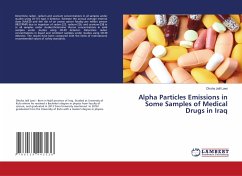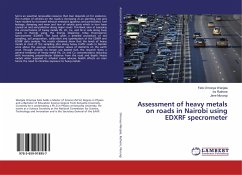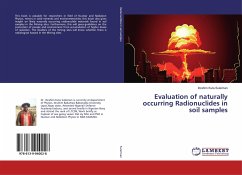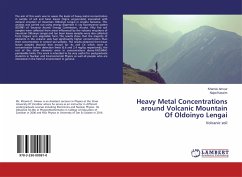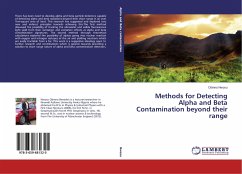Foodstuffs, especially cheeses, are quickly contaminated. So, seventy-two cheese samples were collected from the Iraqi markets of six countries (Turkey, Iran, Hungary, Iraq, Saudi Arabia and Egypt) to measure the alpha emitters (Rn-222, Ra-226 and U-238) concentrations and their radiological hazard indexes using the CR-39 detector technique. Also, the heavy metal concentrations (Pb, Cd, and Cr) and their parameters, non-carcinogenic and carcinogenic health risk were measured using the atomic absorption spectrometer technique (AA-7000). The radiological hazard index due to the (Rn-222, Ra-226 and U-238) ingestion from cheese samples was within the global recommended limits of the UNSCEAR and the ICRP. The health risk parameters due to the Pb, Cd, and Cr ingestion of cheese samples were also within the global recommended limits of the organizations' EU regulations and the EPA. The conclusions from the radiological hazards arising from alpha emitters and the health risk parameters arising from the selected heavy metals in the cheese samples of the present study indicated that there is no pose threat to the environment or human health and they are edible to Iraqi consumers.
Bitte wählen Sie Ihr Anliegen aus.
Rechnungen
Retourenschein anfordern
Bestellstatus
Storno


